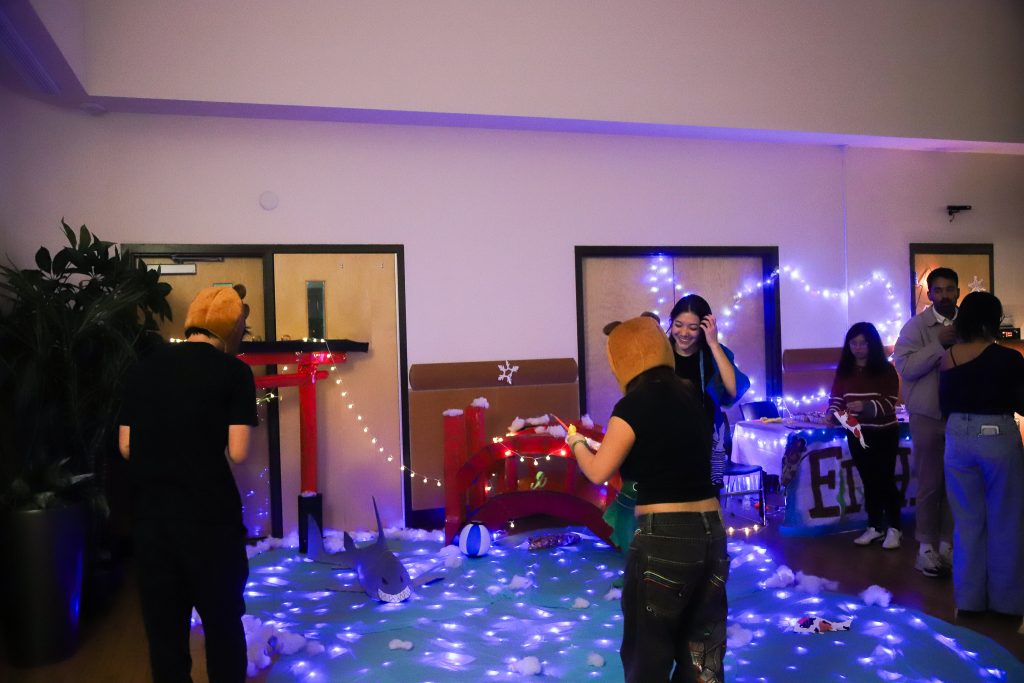The Binghamton University Japanese Association hosted its annual Winter Matsuri in the Mandela Room this Sunday. Matsuri, or festival in English, is an important element of Japanese culture, typically including booths with games, food and souvenirs.
Armant Ostrovsky, one of BUJA’s event coordinators and a junior majoring in biology, discussed the cultural significance of matsuris.
“In Japan, seasons, in general, are very important as a cultural staple,” Ostrovsky said. “There’s a lot of significance in transitions in between seasons. So, therefore, for each season, there’s festivals. You have summer festivals, winter festivals, fall festivals, spring festivals. So, every winter, people make specific winter festivals, and they usually link it to traditional cultural figures in Japanese Shinto mythology or religious mythology. But now in modern Japan, people just made it into a get-together-with-friends type of thing.”
This year, BUJA’s Winter Matsuri’s theme was based on Animal Crossing, a video game series. Almost every sign above each booth included characters or items from the franchise, and there was a photo backdrop with a painted Animal Crossing village, and stickers could be found at every table.
The organization offered fried rice, teriyaki chicken and vegetables, pork gyoza and green tea. BUJA also hosted several local shops that sold jewelry, crochet plushies and plants.
Central elements of the Winter Matsuri were the games and other activities. One table gave out “omikuji,” or slips of paper meant to tell one’s fortune. Participants pulled a randomly numbered chopstick out of a box and received the fortune labeled with that number. Omikuji can typically be bought at temples and shrines in Japan.
At another table, students hit each other over the head with toy mallets. Yuki Watanabe, one of BUJA’s event coordinators and a sophomore majoring in biology, explained how this game is played. It begins with a round of rock, paper, scissors. The winner of the round must try to hit their opponent over the head with the toy mallet, while the loser must try to protect themself by holding a bowl over their head. If the winner successfully hits the loser’s head, they win the game, and if the loser blocks the mallet, the game then repeats.
Watanabe described the process of making the decorations for the Winter Matsuri. BUJA spent several hours on the weekends leading up to the event making giant papier-mâché objects — including a giant Tom Nook head and fish and sharks used for a fishing game. The booth signage and the photo backdrop were also hand-painted.
“I know recently, Japanese [culture] is getting popular, mostly through anime and stuff,” Watanabe said. “But I hope people will understand it’s not just anime, you know, there’s a lot more other cultural significances. I think people tend to idolize Japan a little, but obviously that’s also not the case. So I think that it’s important to learn everything, and I hope that’s one thing Binghamton University students can take out of it.”



